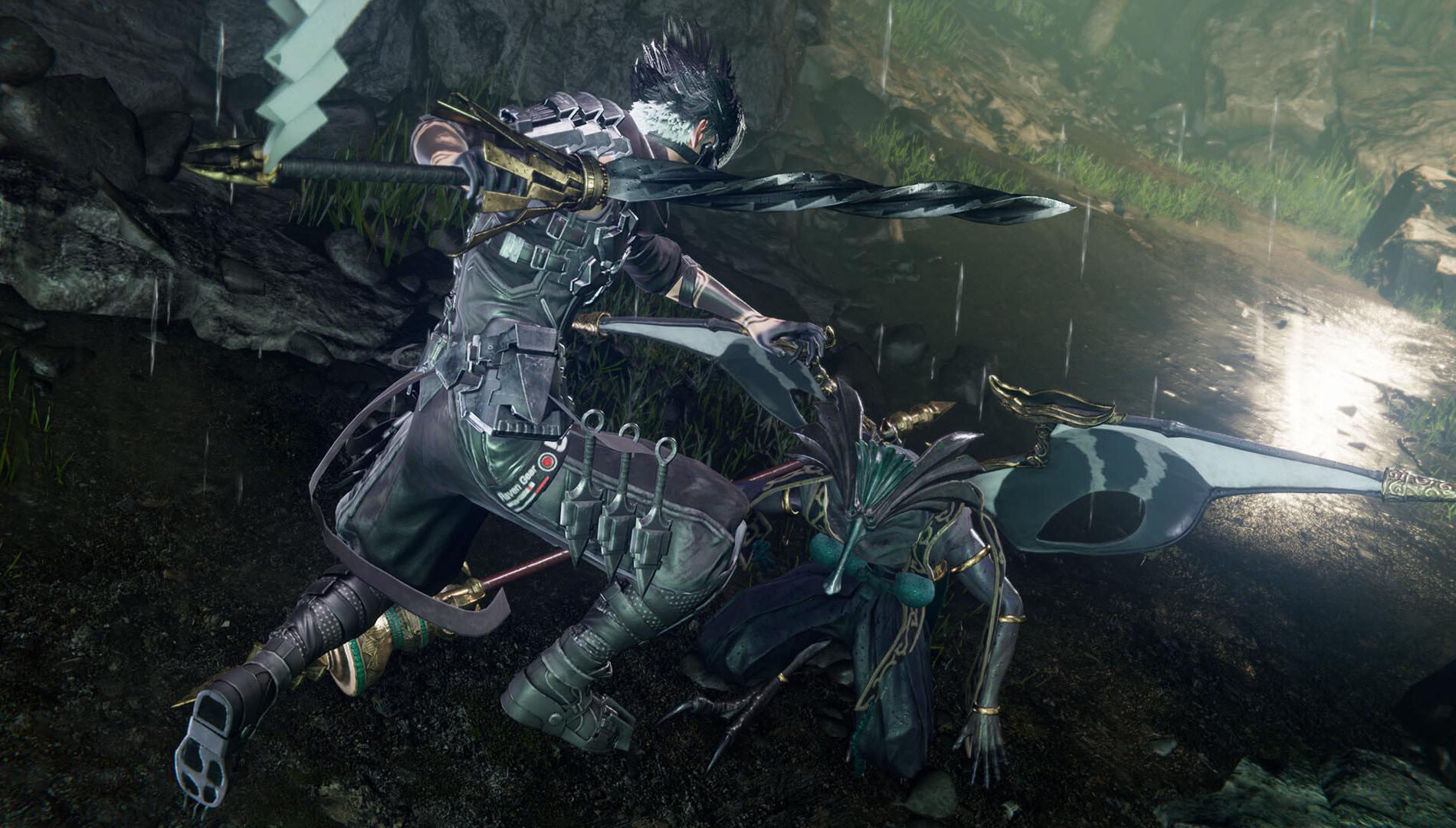
The history of *Ninja Gaiden* dates back to 1988 when it made its NES entry as an action-platformer. Since then, it has solidified its place in the action game realm, with numerous 2D and 3D iterations. Developer Koei Tecmo has declared 2025 as “The Year of *Ninja Gaiden*” due to three releases scheduled this year. In January, the remastered version of *Ninja Gaiden 2 Black* was released. In July, Koei Tecmo collaborated with The Game Kitchen, known for *Blasphemous*, to introduce *Ninja Gaiden: Ragebound*, a fresh 2D chapter in the franchise.
To round off this year’s offerings, Koei Tecmo teamed up with Xbox Game Studios for the latest mainline title, *Ninja Gaiden 4*. Even though it is developed under Microsoft’s banner, the game is accessible on PC, Xbox Series X|S, and PS5, showcasing Microsoft’s evolution from solely Xbox-centric releases to a wider distribution.
*Ninja Gaiden 4* marks the first new mainline installment since *Ninja Gaiden 3* in 2012, co-developed with PlatinumGames, recognized for games like *Nier* and *Bayonetta*. While there are some pacing concerns and level repetition, its fast-paced and gory gameplay, coupled with an appealing aesthetic, positions it as one of the premier action titles of 2025.
The game introduces a new lead character, Yakumo, a youthful and rebellious member of the Raven Clan, who are rivals of the Hayabusa Clan, where series hero Ryu Hayabusa comes from. Yakumo is given the mission to eliminate Seori, the Priestess of the Dark Dragon. After Seori discloses a method to permanently vanquish the Dark Dragon, Yakumo hesitantly joins forces with her to unlock the shrines that confine the malevolent being.
Comprising 19 chapters, the game includes segments centering on Ryu. Regrettably, the Ryu chapters fall short of expectations, mostly recycling levels from Yakumo’s arc and featuring identical bosses. These could have been excluded for a more streamlined and impactful experience.
Although the narrative doesn’t achieve the emotional weight of titles such as *Ghost of Yotei*, it does not diminish the overall enjoyment. The gameplay makes its own statement.
The real-time combat in *Ninja Gaiden 4* is both intense and gory. Yakumo has the ability to unlock four weapon categories: the Takeminakata twin blades, the Yatousen rapier, the Magatsuhi staff, and the Kage-Hiruko, a collection of armaments that includes claws and shuriken. These allow for diverse methods of dismembering foes, and switching between them is effortless, resulting in fluid combat. Yakumo can dismember foes, granting him the power to “obliterate” them, which initiates a cutscene where he eliminates them regardless of their remaining health. These moments are gratifying to observe as body parts scatter across the screen.
Nevertheless, the obliteration mechanic can be erratic. Larger adversaries require lengthier efforts to be dismembered, while smaller foes might trigger obliterations after just two strikes or take significantly longer. This inconsistency can hinder the combat rhythm.
As Yakumo battles, he can fill his Bloodbind gauge, which enables him to cover his weapons in blood, enhancing them into Bloodraven form. This grants him the ability to breach enemy shields and disrupt formidable boss attacks. Timing this ability requires careful consideration. Should I inflict greater damage immediately or conserve my Bloodbind gauge for a shield breach? Such choices keep the gameplay engaging.
Yakumo also possesses a Berserk Gauge, which he can engage for a temporary power enhancement. In this mode, specific Bloodraven assaults become guaranteed kills, termed Bloodbath Kills, accompanied by unique cutscenes featuring stylish kanji. This elevates combat to an even more explosive and gratifying level.
The upgrading system is straightforward. Defeating foes grants NinjaCoin and Weapon Points to acquire abilities and items that enhance Yakumo’s prowess. Though it lacks the immersive treasure-finding aspect found in open-world titles like *Assassin’s Creed: Shadows* or *Ghost of Yotei*, this uncomplicated method works perfectly for an action game of this kind.
*Ninja Gaiden 4* heavily embraces the cyberpunk aesthetic, granting it a unique character. This is evident in the game’s user interface and menus, which possess a tech-driven design reminiscent of peering through a computer monitor.
The game even offers an in-game rationale for Tokyo’s perpetual rain, a classic cyberpunk element. Despite Ryu’s repeated defeats of the Dark Dragon, its cursed remnants endure, resulting in ceaseless corrosive rain. Only a direct descendant of the Dark Dragon, such as Yakumo, can genuinely vanquish it. This clever melding of existing lore with cyberpunk themes leads to more convincing and immersive worldbuilding.
*Ninja Gaiden 4*’s level design allows for exploration. Branching paths lead to treasures, side quest locations, or Purgatory Shrines. Typically, side quests involve vanquishing certain hidden enemies within the level,